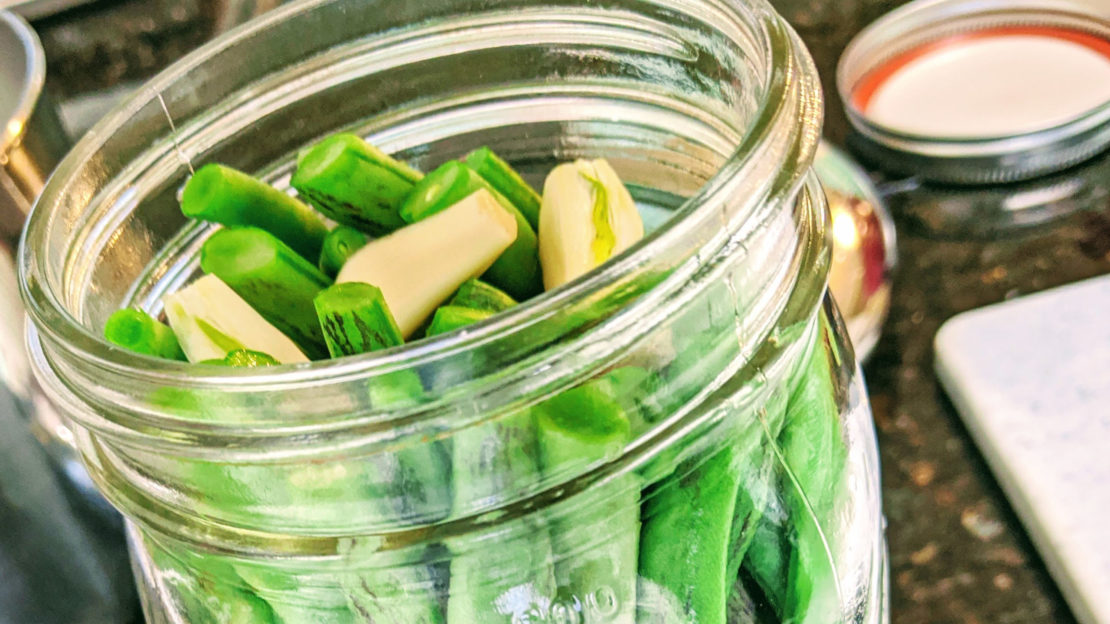
C P.
Contributor
2
Joined Nov 2019
Former Peace Corps volunteer, former rock climbing and outdoor instructor, current college professor. (I study international relations with a focus on nonprofits and development.) I have above average knowledge of gardening, home repair, and first aid.
Discussions
Reply to: Perpetual gear finds thread
Posted October 13, 2020
Reply to: Gardening books – recommendations and reviews?
Posted October 9, 2020
Reply to: Looking for a heavy duty folder knife
Posted October 1, 2020
Reply to: Basic Medical Guide
Posted September 29, 2020
Reply to: Online survival/prepping courses?
Posted September 28, 2020
Reply to: Basic Medical Guide
Posted September 25, 2020
Reply to: Building raised garden beds
Posted August 20, 2020
Reply to: Looking for advice: galvanized stock tanks for raised garden beds?
Posted August 19, 2020
Reply to: Car supplies
Posted August 19, 2020
Reply to: What media sources do you consult?
Posted August 18, 2020
Reply to: What media sources do you consult?
Posted August 17, 2020
Load more...
Reply to: Perpetual gear finds thread
Posted October 13, 2020
Reply to: Gardening books – recommendations and reviews?
Posted October 9, 2020
Reply to: Looking for a heavy duty folder knife
Posted October 1, 2020
Reply to: Basic Medical Guide
Posted September 29, 2020
Reply to: Online survival/prepping courses?
Posted September 28, 2020
Reply to: Basic Medical Guide
Posted September 25, 2020
Reply to: Building raised garden beds
Posted August 20, 2020
Reply to: Looking for advice: galvanized stock tanks for raised garden beds?
Posted August 19, 2020
Reply to: Car supplies
Posted August 19, 2020
Reply to: What media sources do you consult?
Posted August 18, 2020
Reply to: What media sources do you consult?
Posted August 17, 2020
Reply to: Gardening books – recommendations and reviews?
Posted August 12, 2020
Load more...